FOBIF is planning an understorey planting and weed attack working bee at the famous Chewton Yellow Box on National Tree day, Sunday July 29, from 10 am to 12 noon.
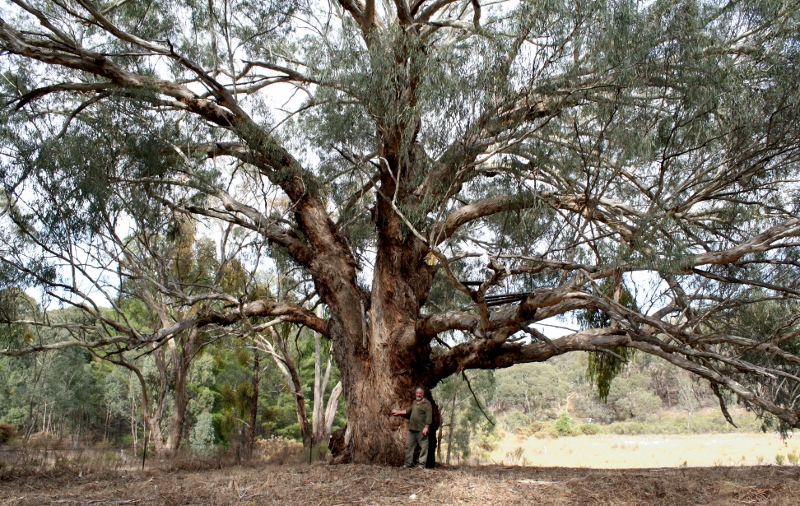
FOBIF foundation president Doug Ralph at the Chewton Yellow Box--it's definitely a monument worth looking after. Photo: Bronwyn Silver
The tree, one of the oldest in the district, is on the Great Dividing Trail near Fairbairn Street. FOBIF last year did some bridal creeper eradication work at the site, and this is a follow up effort. The site is about 100 metres from Forest Creek, near a small school pine plantation. The quantity and variety of weeds in this area is quite desperate, but the potential for restoration of a beautiful creek valley landscape offers plenty of motivation for workers to put a dent in the evil empire.
There’ll be more details closer to the event–but put it in your diary now!

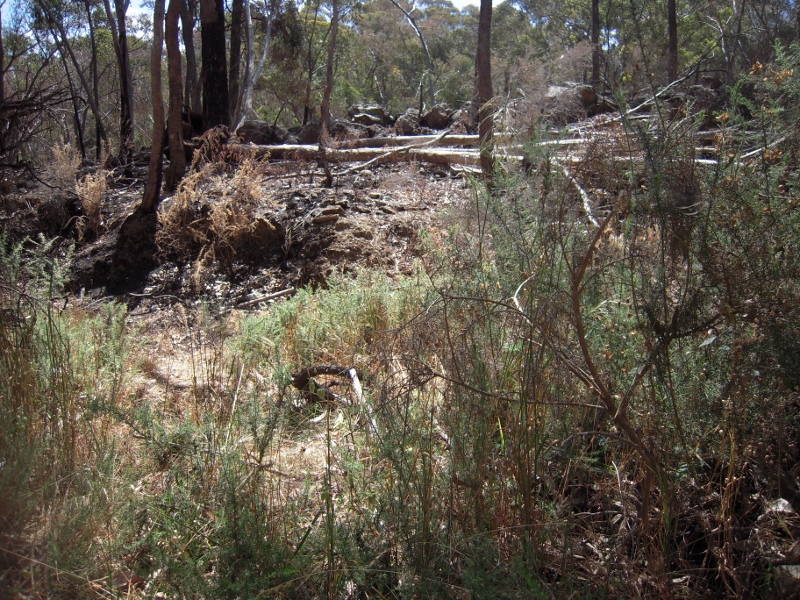
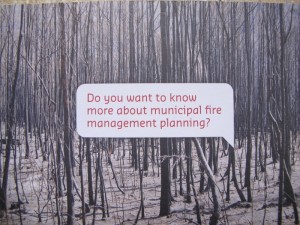
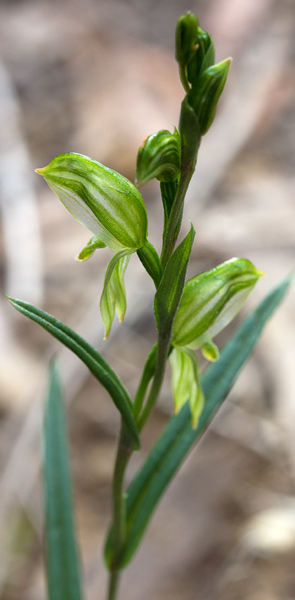
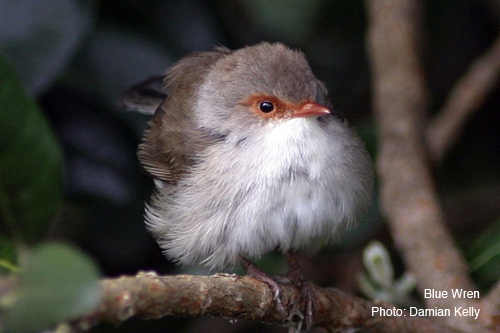
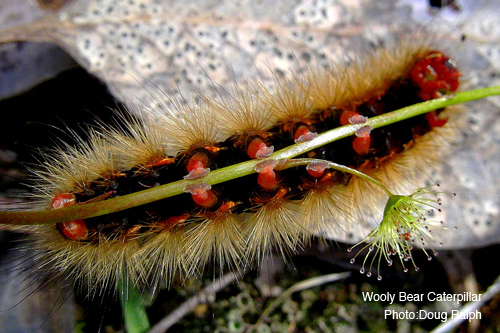
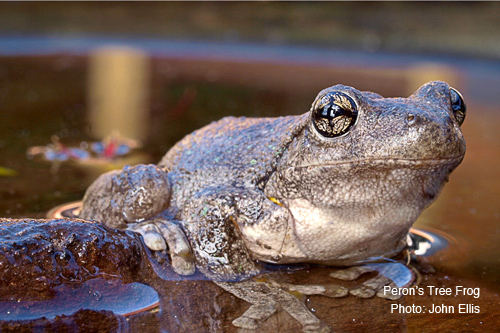
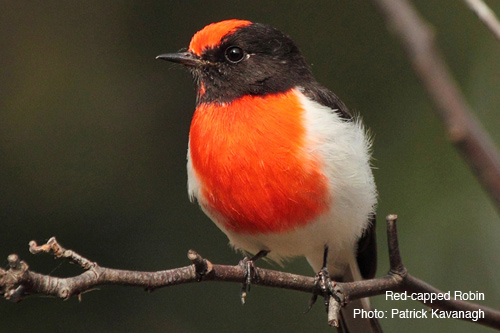

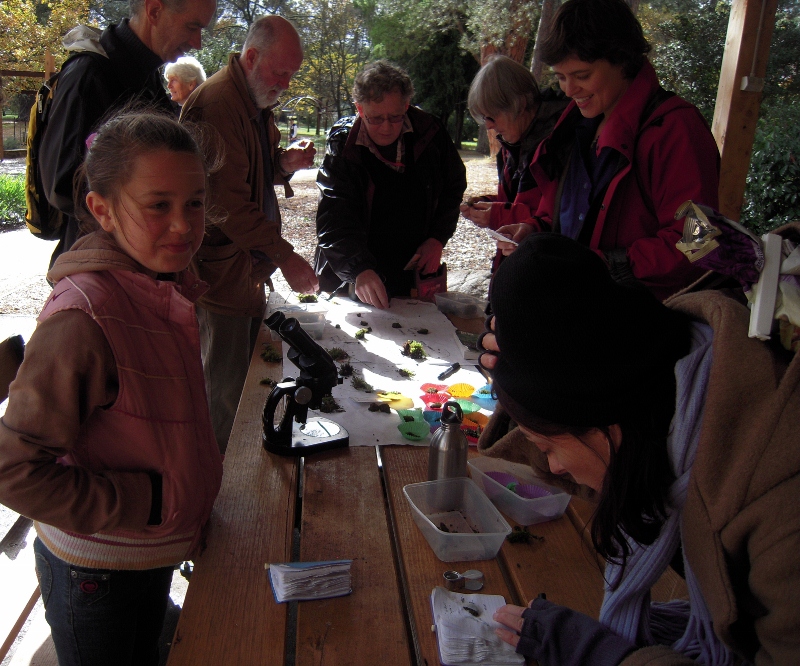
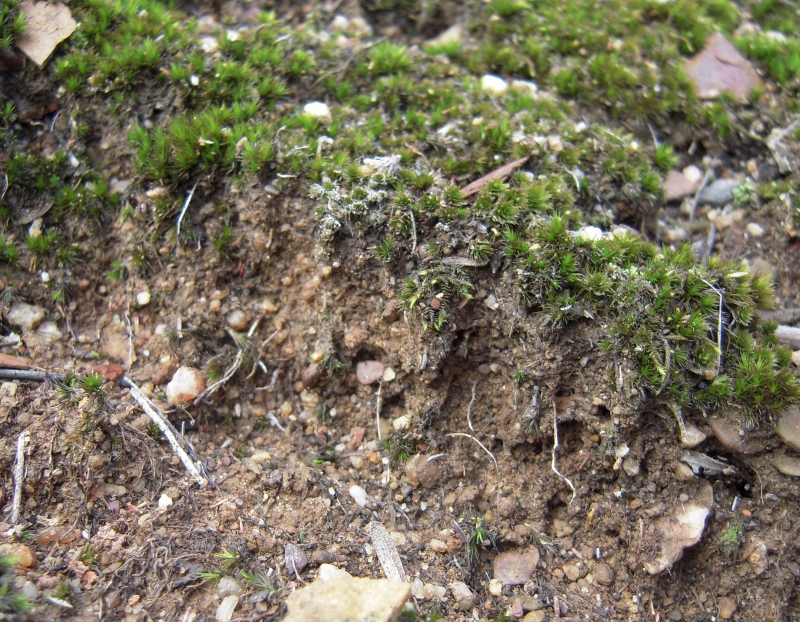

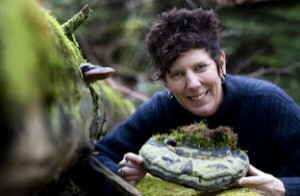
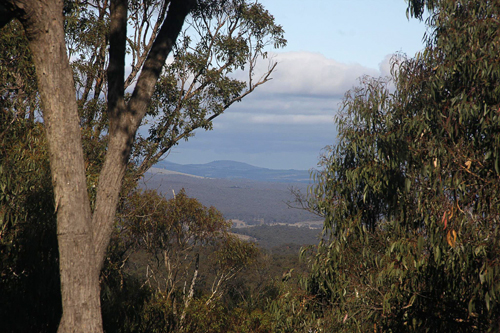
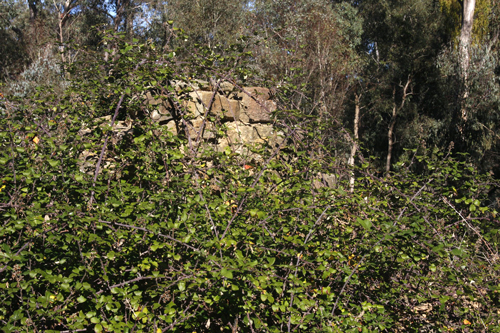

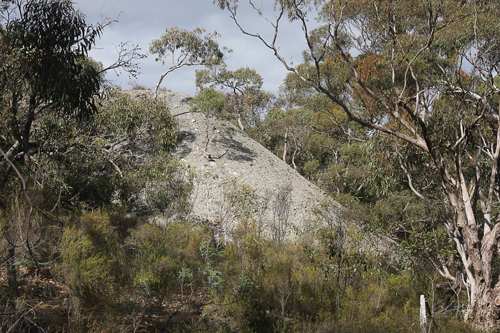
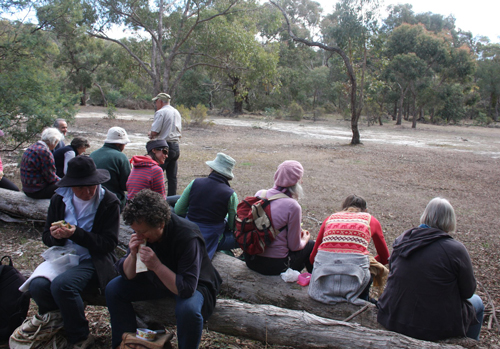
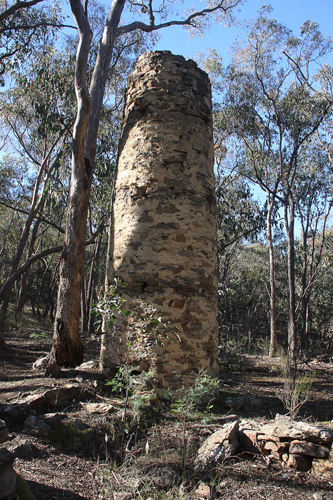



 Click on image for info/order page
Click on image for info/order page Click on image for info/order page
Click on image for info/order page Click on image for info/order page
Click on image for info/order page




















